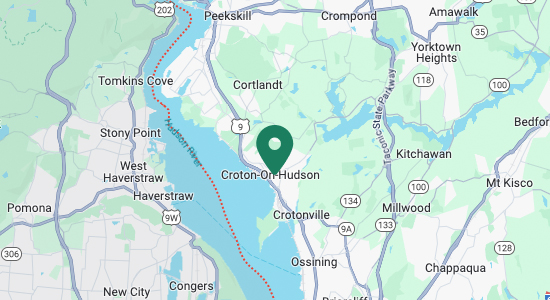Tickets Since 1990
Laser Gun
Radar remained static for many years. Changing the frequencies from X to K to Ka was an incremental step. Instant-on was as well, as is the current POP mode, which claims to read speed faster than your radar detector can scan the band and find it. Detectors had come down in price enough by this time to become a mass-market item in blister packs.
A small company called LTI was in danger of going broke. Their one product was a speed gun using laser light. Since the Laser was a $3500 item, and you could outfit three patrol cars with state of the art radar for that money, they were not selling. We are all aware of the low level of attention most drivers pay to the task of driving, so you can write tickets all day with the most rickety radar in the police agency.
In a brilliant merger of public relations and greed, GEICO bailed out LTI. This gave LTI money to continue. GEICO then bought the laser guns, and in great ceremony in each State nationwide, gave a few lasers to the State Police or large local agencies for free. This produced many, many photos of a GEICO rep giving a “newfangled” laser gun to the head of the local or State police agency in many, many newspapers in states where GEICO does business. It was also accompanied by the usual “speed kills” propaganda, and as 55 was still the Federal Law when laser came out, that lazy jounalist’s press release was well worn. It also got the lasers into the hands of police agencies which would not have bought them, but once they got experience with the new gadget, would buy more.
GEICO won because if they insure a percentage of the state, these guns would be used to write drivers who would also be their policyholders, and the economics meant the gun would be paid for with insurance surcharges. Brilliant!
Laser has a few problems. The biggest one is that when you calibrate radar, you use tuning forks to externally verify it works. Laser has none, and it uses a proprietary algorithm to determine speed, which they will NOT divulge in Court, as it apparently is not patentable. Any laser used, therefore, only can verify itself. Self-verifying devices are disliked in Court, which is why to this day the Breathalyzer has an ampoule of known alcohol to calibrate the device. New Jersey used other tests to allow a “work around”, not wanting to lose the new toy, but most States have either passed a law allowing laser readings, or just turn a blind eye to this possible objection.
Over time, police agenices acclimated to laser, and it is now a part of most State arsensals. It has not replaced radar, nor will it, and this is why: Laser is not as easy to use.
Laser does not work in a moving mode of any type, which is the most prevalent type of radar in many areas. Laser must be shot directly at the front plate of the car, so you can’t stuff your patrol car behind a bush, wait for the motorist to go by, and hit them with radar (the radar parallax error in this case underestimates speed). To use laser, you must be visible in most cases-you can fire it out of the window of the cruiser, but that’s only in good weather, and you are sitting in a billboard reading “POLICE”. Those who are familiar with handguns know how tough it is to keep your shots in a small group-laser is the same way.
Most laser shots are as far off as the officer can take them. I’ve seen many tickets 700 to 1200 feet off-beyond that it is hard to get a reflection without a tripod mount. Most are around 1000 feet. This is because most motorists don’t look beyond the trunk of the car ahead of them. The beam is small, so that the laser does not pick up other vehicles like radar can, so it can be lethal in a city environment.
Laser is legally jammable in most states in noncommercial vehicles. Laser is aimed at the front license plate because of the highly reflective coating, so if you can legally ditch the front plate, do so. A jammer will simply overwhelm the laser gun. In normal operational use, the patrol will aim the gun and shoot. He will pull the trigger until a reading is given. Since most of the shots are far enough that a visual estimate is tough to get, the jammer will give five or so seconds of time to slow. For the true hardcore, the trick to using a jammer is to shut it off once slowed down, as then the officer will get a reading…and probably not know he’d been spoofed. Still, laser is most like “instant-on” radar in the majority of cases.






